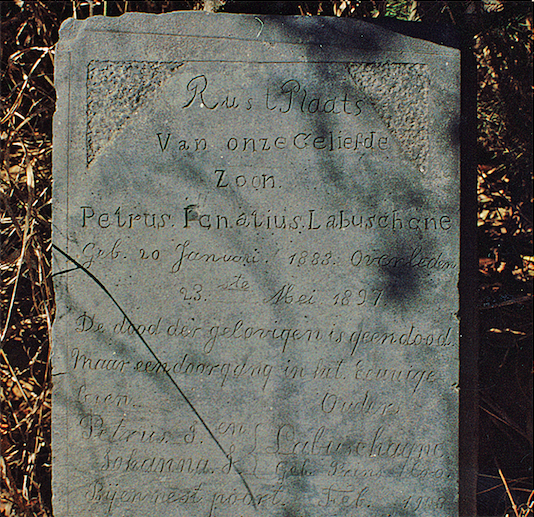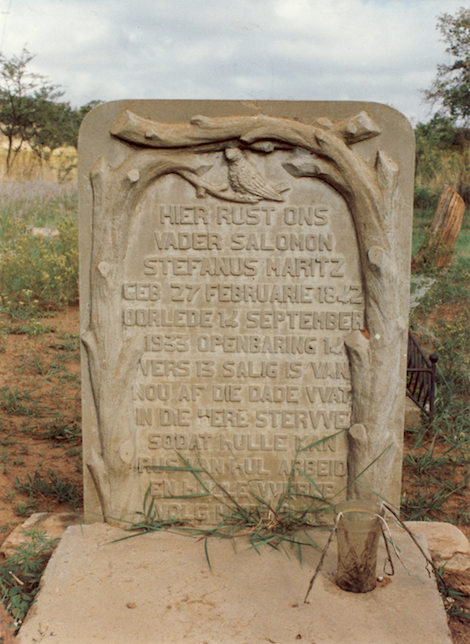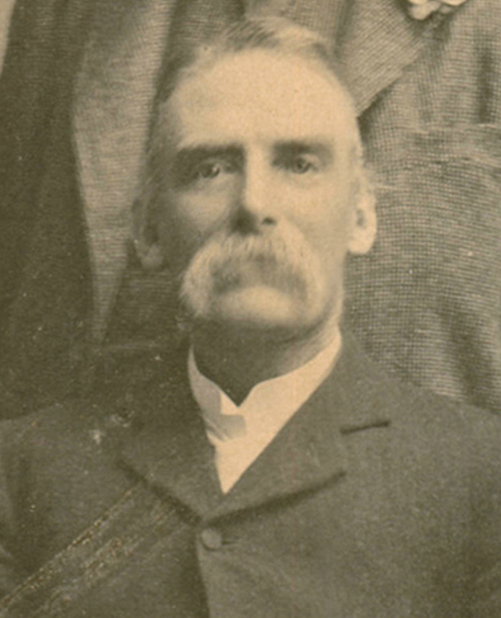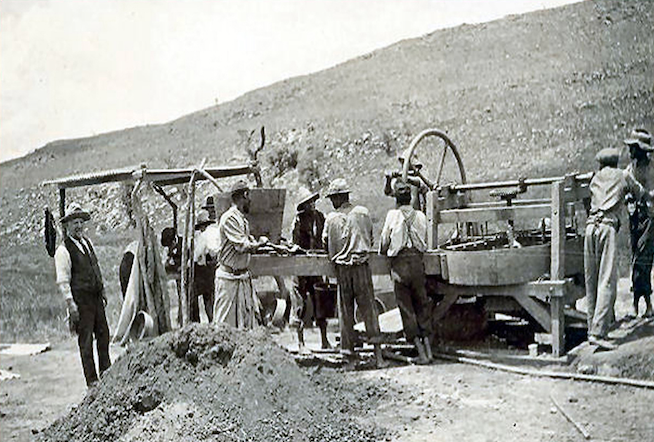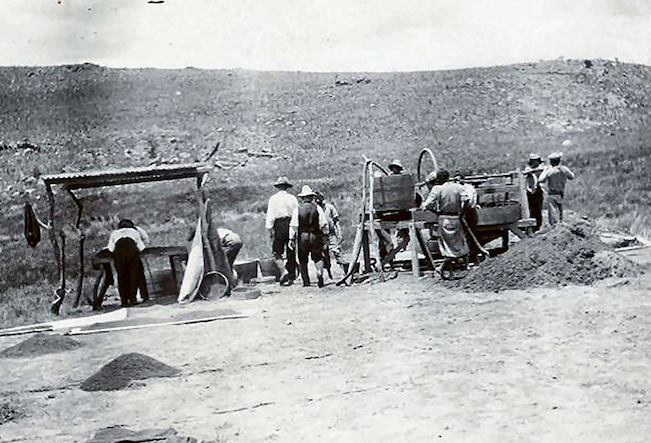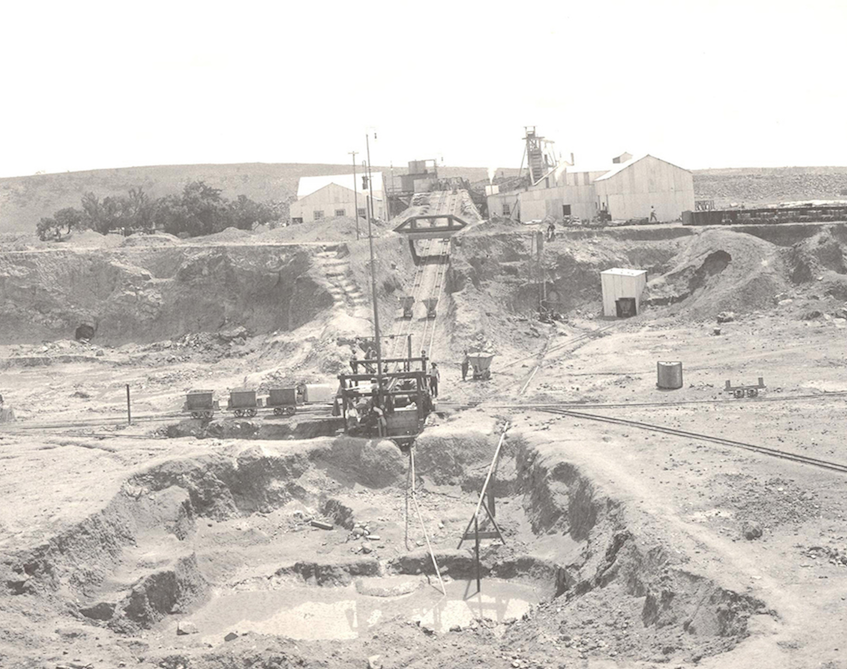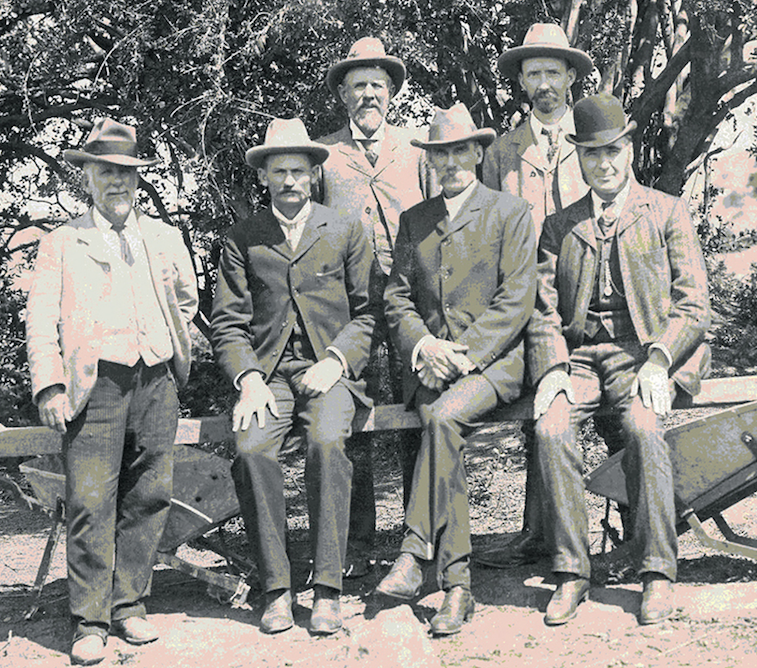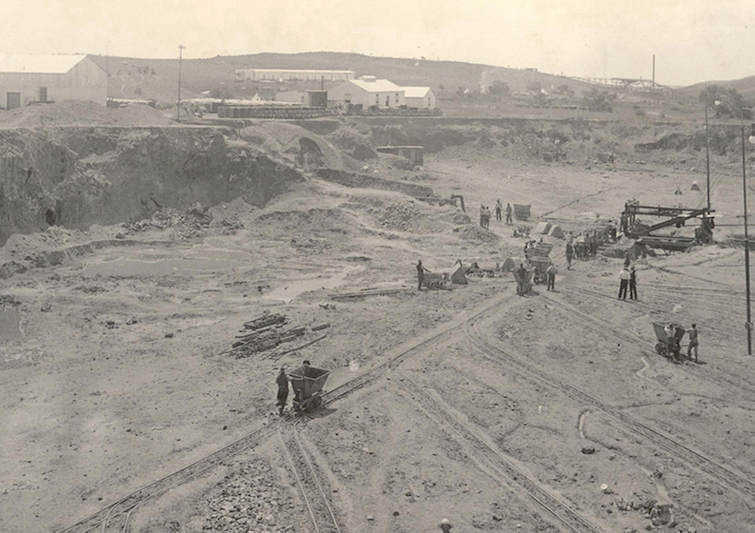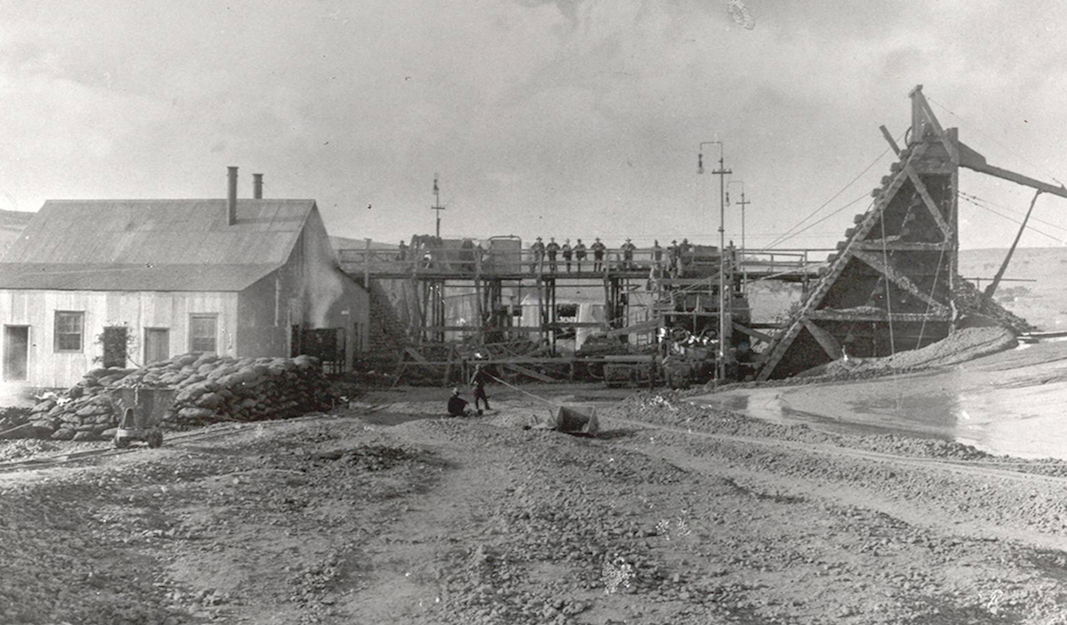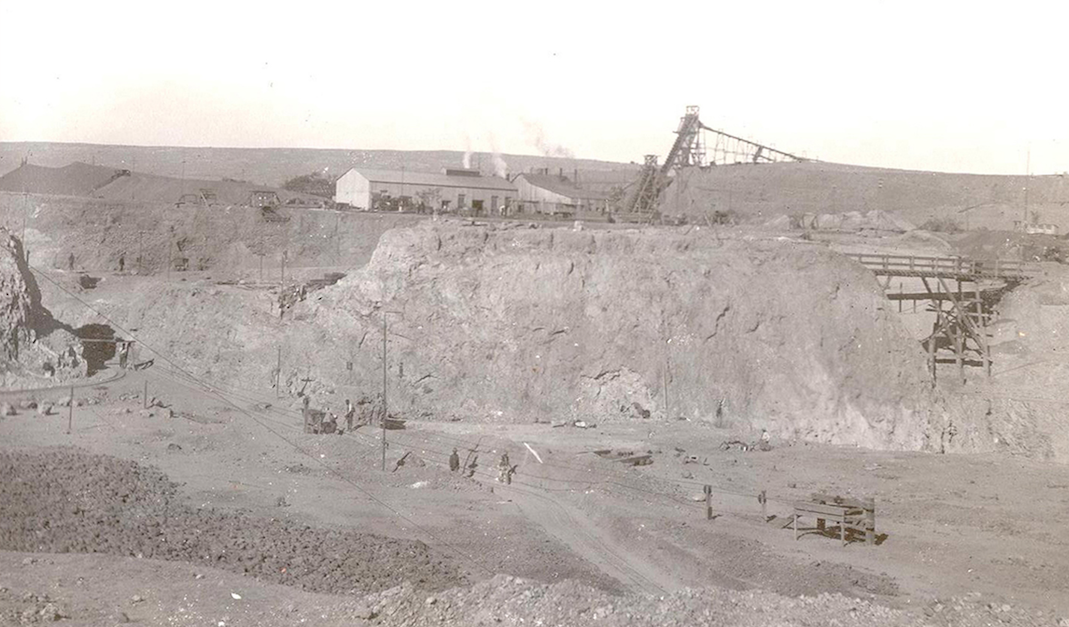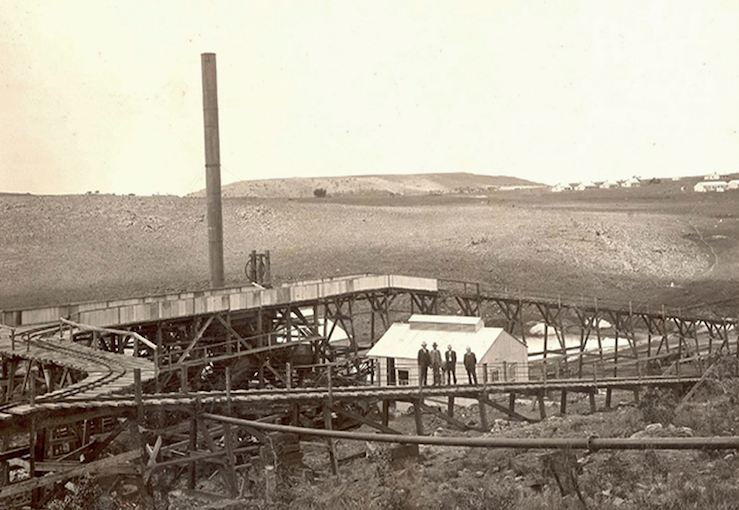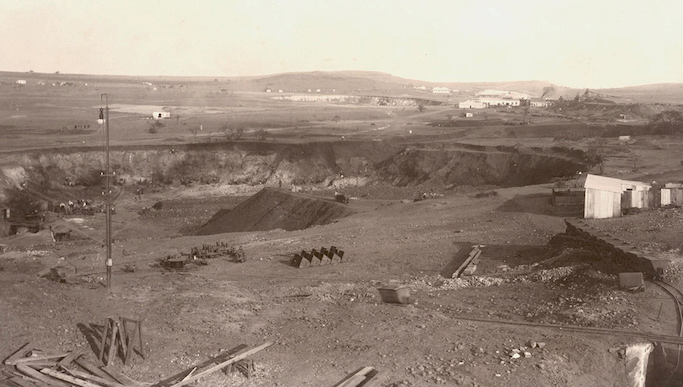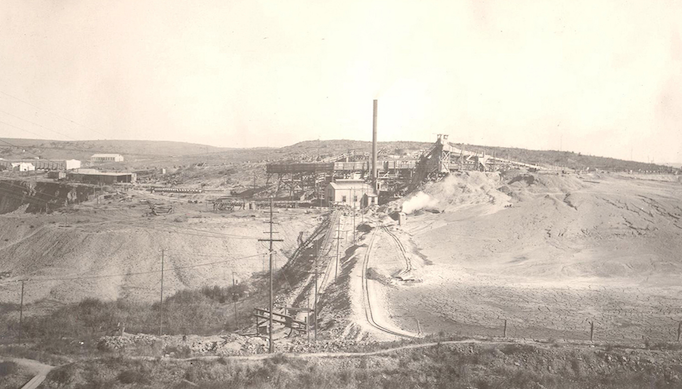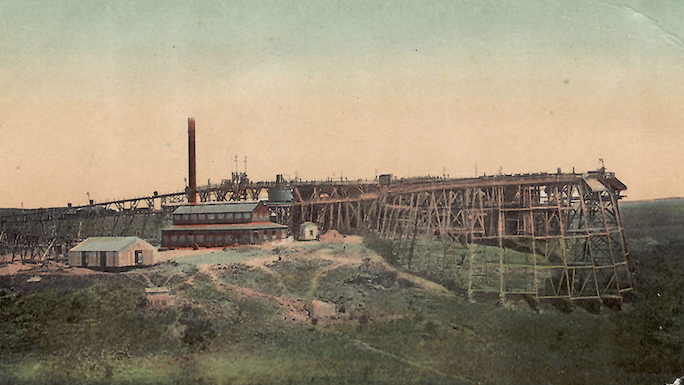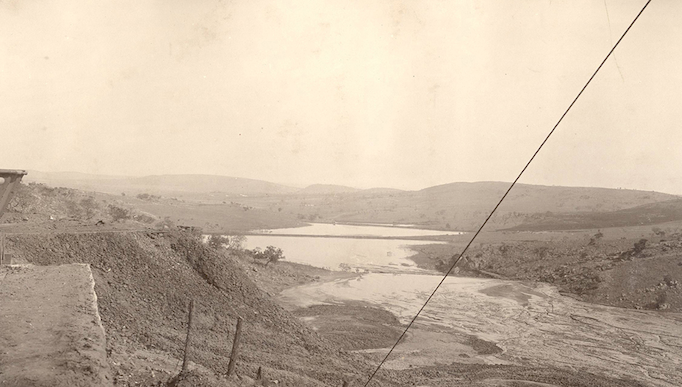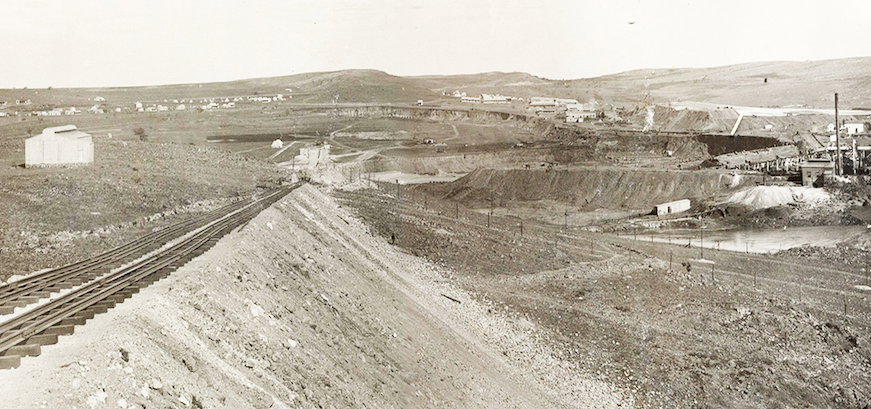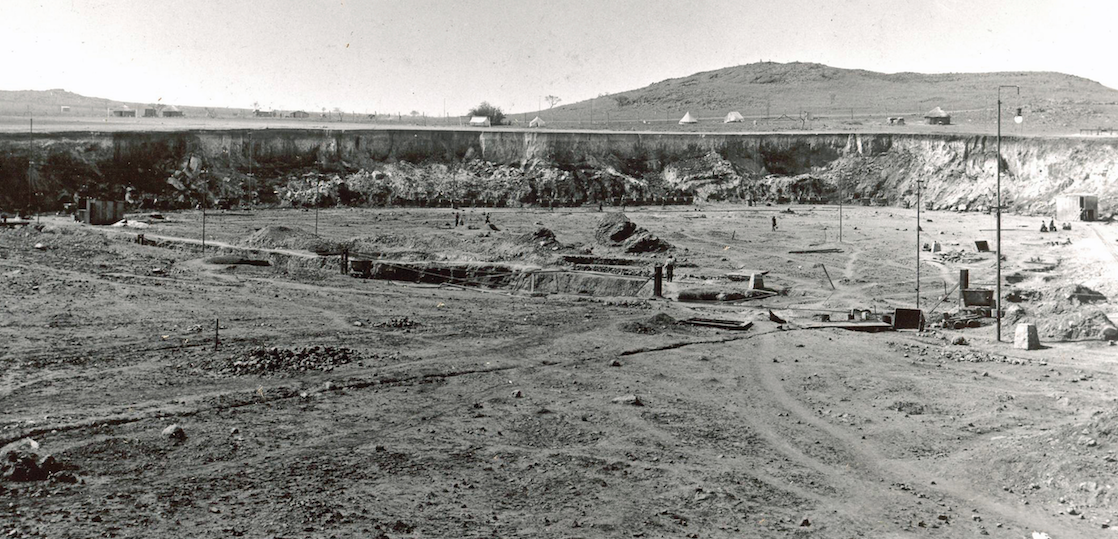
Disclaimer: Any views expressed by individuals and organisations are their own and do not in any way represent the views of The Heritage Portal. If you find any mistakes or historical inaccuracies, please contact the editor.
John Lincoln's wonderful book 'Stories from a Diamond Mine' tells the story of the Premier Mine (today the Cullinan Mine) and the village that grew up around it. We are honoured to be able to reproduce the book as a series (click here to view index). Below is the first installment which traces the history of Minnaars' Farm and reveals the complex story of how the land was acquired by Thomas Cullinan. The piece also describes the establishment of the Premier Mine and includes wonderful archival photos of early mining activity.
* * *
Minnaars’ Farm: Elandsfontein No. 85. Compiled by J and AJ Minnaar, grandsons of Roelof Johan Minnaar (Junior) born 1852. An overview. Surveying of farm during 1859.
Cornelis Jacobus Minnaar (born 10th November 1805), a veltkornet and another government official surveyed his farm. A two-hour horseback farm was quite common in the early days. It was carried out as follows: The applicant must state his pre-selected centre point, to be crossed, as well as a starting point, where the first stone beacon is to be erected. Then the horses walk in an East-West direction at a steady pace, crossing the centre point until one hour has elapsed at which time a second beacon is erected. The process is repeated in a North-South direction. The size of the farm Elandsfontein was about 3000 morgen. Minnaar had his farm registered on 7th November 1859.
During 1861, a portion of the farm was sold to his brother, Roelof Johannes Minnaar. Roelof and his wife had two sons, Paulus Jacobus and Roelof Johannes (Junior). Roelof Senior died in 1884 and his wife in 1896. They built a large house and constructed the Minnaars’ dam and water irrigation furrows, laid out lands, orchards, vegetable and herb gardens. They also planted poplar shoots which by 1900 formed a large grove. Both sons married and a second house was built nearby. (These houses were in the vicinity of danger bend and nearby the old security gate to the hostels.)
Gravestone from a cemetery on the farm Elandsfontein, now part of a game farm (John Lincoln)
On the 7th December 1896 the Northern portion of their farm was sold to Willem Petrus Prinsloo (Senior) for ₤570. During the Anglo-Boer War the Minnaar family, together with many other families, fled by ox wagon before the British Army.
Their homestead was burnt down, and they lost everything they possessed. They were eventually captured by the British and sent to the concentration camp at Irene. During 1902 the Treaty of Vereeniging was signed. The Minnaar family was sent back home by train, as far as Van der Merwe station/halt (about 8 kilometres from the farm).
They were given a “Bell” tent as well as a ration of foodstuffs to last about three months. The ration consisted of tins of “corned beef, condensed milk, a bag of flour, sugar, coffee, soap, candles and samp.” Arriving at the farm, they found only the dilapidated walls of the house still standing. They partly repaired the house, using poplar poles from the grove as rafters and thatch for the roof. The overgrown water channels were cleaned and soon they had a water supply from their dam. (This dam is at danger bend.) Through lack of funds they struggled to build up the farm in order to maintain themselves again.
In 1903 the remaining portion was sold to Premier Mine for £20 000, with this exception: “That the Premier (Tvl) Diamond Co. Ltd., its successors in this or assigns shall leave undisturbed a certain Churchyard in extent about 75 yards square and situated on the portion of the said farm.” (The Churchyard is opposite Windy Brow game reserve. Close by the new Escom sub-station)
One of the gravestones in the Minnaar Cemetery which is protected under the agreement (John Lincoln)
Prinsloo Family
Thomas Major Cullinan tried to obtain the farm under option from the owner Prinsloo but failed. Cullinan relates to Hedley A Chivers shortly before his death.
“I was prospecting in 1898,” stated Sir Thomas, “in the vicinity of what is now the Premier Mine, and I succeeded in getting a farm called Fransport from the then Treasurer-General of the Transvaal, on which I found a small diamond pipe or crater. Certain people were working alluvial diamonds at the time at Bynestpoort, about four miles from that spot. In looking over these fields one day, I met a man working right up against the wire fence of the farm on which the Premier Mine was subsequently founded.”
Percival White Tracey, the man Cullinan met against the fence of the farm. It is interesting to note that Tracey later became a director of the Premier Mine, although he did not own one share. Had he perhaps found the pipe and was his seat on the board his reward? (Cullinan Mine Archives)
“This man showed me a beautiful three carat blue-white stone, and I there and then came to the conclusion that the whole of the country on which they were working was alluvial, and that its stones had come from some higher level. I then tried to get, under option, the farm on which the Premier was subsequently found, but failed.”
“The owner Prinsloo was somewhat difficult: indeed when I sent a man to inquire of him whether he would give me the farm under option, he told this man that under no circumstances would he give me any such option, nor, he said, did he want to sell his farm, nor must my emissary come again on such business. A few days afterwards, however, thinking that Prinsloo might have changed his mind I again sent my man. When the farmer saw him approaching he said ‘You had better not get off that cart or I will shoot.’ It was obviously useless to try and do business. The Anglo-Boer War intervened.”
Prinsloo died in 1898 and shortly afterwards the South African War broke out. The owner by this time was Maria Prinsloo who also would not sell or allow prospecting without the consent of her brothers, Willem and Joachim. After the war, Willem returned from commando and Joachim from the POW camp in Bermuda. Cullinan negotiated with these two brothers and as the Prinsloo family was desperate for money, a deal was made for the outright purchase of the farm for £52 000.
When the mine closed in 1932 a report called the Resumé of Operations from the Inception of the Company was produced. A snippet from that report reads:
The Company was registered on the 1st December 1902, and production commenced on the 24th April 1903, when the first steam plant, known as No 1 gear and which comprised three rotary pans, was put into commission.
During the first financial year, which terminated on the 31st October 1903, 76 931 loads were washed, yielding 99 208 carats of diamonds valued at £137 345.
This is a photograph of the first prospecting pan in November 1902. On the far left is Fred Wells who found the Cullinan Diamond in 1905. (Cullinan Mine Archives)
Another shot of the prospecting pan (Cullinan Mine Archives)
Picture of No. 1 gear. It is not known where this gear came from. It was almost certainly a gear that must have seen work elsewhere. It must be remembered that there were no railway lines or roads into the village and it is remarkable that the mine purchased a gear and had it working in four months, and all this without computers! (Cullinan Mine Archives)
Wells, standing left, Cullinan seated left with Tracy next to him and McHardy standing behind them with two unknown men (Cullinan Mine Archives)
Another early photograph of the pit (Cullinan Mine Archives)
No. 1 gear not long after being commissioned in 1903. On the upper level are probably McHardy and Wells (Cullinan Mine Archive)
No 1. gear. Towards the end of 1908, the No. 1 gear was put out of commission permanently and entirely dismantled. (Cullinan Mine Archives)
Photograph of the early compounds with No. 1 gear in the background (Cullinan Mine Archives)
Another snippet from the Resumé of Operations reads:
In January 1904, a second washing plant, designated No. 2 gear and consisting of eight rotary pans, was brought into operation. During the financial year ended 31st October 1904, production reached 749 653 carats, which realised £866 030. Both Nos. 1 and 2 gears remained in commission during 1905 when production for that year was increased to 845 652 carats valued at £994 687. When No. 3 gear was constructed in November 1905, Nos. 1 and 2 gears were closed for several months due to a shortage of water. In 1909 the plant was eventually closed and dismantled.
No. 2 gear 1903. In the background the first houses in Oak Avenue can be seen, including McHardy House and what is now known as Oak House. In the centre background the koppie can be seen. (Cullinan Mine Archive)
View of the west mine in 1903. No 1 gear, which was situated where the old compound was, can be seen in the background. (Cullinan Mine Archives)
No 2. gear looking south-west (Cullinan Diamond Mine)
Photograph of No. 2 gear reproduced from a postcard
Dam burst of tailings from No. 2 gear down towards where the present hostels are (Cullinan Mine Archives)
Panoramic view of the mine. The photo would have been taken from the approximate position of our present plant looking down the haulage into the open pit. On the right No. 1 gear is in the background and No. 2 gear in the foreground. (Cullinan Mine Archives)
Comments will load below. If for any reason none appear click here for some troubleshooting tips. If you would like to post a comment and need instructions click here.

